- News
- Reviews
- Bikes
- Components
- Bar tape & grips
- Bottom brackets
- Brake & gear cables
- Brake & STI levers
- Brake pads & spares
- Brakes
- Cassettes & freewheels
- Chains
- Chainsets & chainrings
- Derailleurs - front
- Derailleurs - rear
- Forks
- Gear levers & shifters
- Groupsets
- Handlebars & extensions
- Headsets
- Hubs
- Inner tubes
- Pedals
- Quick releases & skewers
- Saddles
- Seatposts
- Stems
- Wheels
- Tyres
- Tubeless valves
- Accessories
- Accessories - misc
- Computer mounts
- Bags
- Bar ends
- Bike bags & cases
- Bottle cages
- Bottles
- Cameras
- Car racks
- Child seats
- Computers
- Glasses
- GPS units
- Helmets
- Lights - front
- Lights - rear
- Lights - sets
- Locks
- Mirrors
- Mudguards
- Racks
- Pumps & CO2 inflators
- Puncture kits
- Reflectives
- Smart watches
- Stands and racks
- Trailers
- Clothing
- Health, fitness and nutrition
- Tools and workshop
- Miscellaneous
- Buyers Guides
- Features
- Forum
- Recommends
- Podcast
review
£799.98
VERDICT:
Excellent lightweight and responsive aluminium wheels with reliable all-weather braking
Weight:
1,500g
Contact:
At road.cc every product is thoroughly tested for as long as it takes to get a proper insight into how well it works. Our reviewers are experienced cyclists that we trust to be objective. While we strive to ensure that opinions expressed are backed up by facts, reviews are by their nature an informed opinion, not a definitive verdict. We don't intentionally try to break anything (except locks) but we do try to look for weak points in any design. The overall score is not just an average of the other scores: it reflects both a product's function and value – with value determined by how a product compares with items of similar spec, quality, and price.
What the road.cc scores meanGood scores are more common than bad, because fortunately good products are more common than bad.
- Exceptional
- Excellent
- Very Good
- Good
- Quite good
- Average
- Not so good
- Poor
- Bad
- Appalling
The PR 1400 Dicut OXiC wheels are a brand new high-performance road wheelset from DT Swiss and feature a ceramic coated rim surface that provides reassuring braking performance in a range of conditions, making them ideal for year-round cycling in the UK.
The application of a hardwearing ceramic coating on the rim is nothing new: Mavic used to produce a highly regarded ceramic back in the day. DT Swiss, though, reckons its new OXiC treatment is able to deform with the rim, which means the coating can't become detached from the aluminium, a problem that plagued Mavic ceramic rims. DT is confident the ceramic coating won't wear our over the normal lifespan of the rim, and it won't fade in the sun.
> Find your nearest dealer here
The environmentally friendly OXiC coating is electromechanically applied to the rim surface. It's a similar process to anodising (the rim is submerged in an electrolyte solution with an electrical tension between the rim and container), but DT Swiss says the key difference is that its process involves a high plasma discharge, high temperature and pressure, which creates a more durable and resistant coating than traditional ceramic coatings.
The chief benefit of the OXiC coating is the promise of improved and consistent braking performance in a range of conditions. Well, I've been testing them for several months through which they've seen everything from glorious sunshine to waterlogged roads and everything in between, ridden on the commute, daily training rides and weekend outings, and they've been excellent regardless of the weather.
Braking performance using the supplied brake blocks is very good in dry conditions and is similar to any good aluminium rim. They took a little while to bed in, the braking improving after a decent number of miles had been logged, after which they feel very consistent. They excel in all situations, from light speed scrubbing to heavy braking on steep descents that terminate in a T-junction.
Where the rims really start to make a case for themselves is their continued performance in sub-optimal conditions. In the rain and mud and grit-coated surfaces of my local roads, the OXiC coating becomes a real benefit. Braking performance is powerful and predictable, and very consistent.
As well as greatly improved braking in the wet, the other big benefit of a ceramic coating is a rim that is much more durable, better able to withstand the abuse a bike is subjected to when riding in grim weather. Regular aluminium rims will eventually wear away from the abrasion of water and grit, and replacing rims can be an expensive business – as well as dangerous if left unchecked. Ceramic-coated rims should last for years.
The rims are laced with straight-pull DT aero comp spokes to DT's own hubs with star ratchet internals. They weigh just 1,500g – a little over the claimed 1,472g – and they do come with a caveat: there's a recommended rider max weight of 110kg to be aware of. Measuring 18mm internally and 22mm externally, they're not as wide as the widest rims currently available, but wider than traditional rims.
The rims are also tubeless-ready, and DT supplies everything you need, sealant and valves, to ditch the inner tubes. I fitted a pair of Michelin's new tubeless tyres and they popped up just fine with a track pump at the first attempt. There's a little air loss – if I leave the bike for a week I need to top up the tyres a bit – but that's no big deal. Regular clincher tyres with inner tubes also work just fine with the rims.
They also have the same Dicut hubs as found on the DT Swiss RR21 Dicut wheels that Stu tested earlier this year. These feature very wide flanges, intended to increase wheel stiffness, and spin on 240 internals. They are well proven and popular in many aftermarket hubs, and rolled with silky smoothness throughout the test period.
The 36-tooth ratchet system in the rear hubs provides very swift engagement when you stamp on the pedals. I'm a fan of DT's unique RWS (Ratchet Wheel-mounting System) quick releases, being easy to secure the wheel into the bicycle.
The OXiC process creates a matt black finish and DT Swiss has finished the spokes and hubs in a similar colour, producing what can only be considered a smart and sleek wheelset.
Conclusion
The performance is highly impressive. They're stiff and responsive, with no give or flex when putting the power down in a sprint or steep climb. The low weight puts many carbon wheels to shame and while they are pricey for an aluminium wheelset, they are a snip compared with most carbon wheels of comparable weight and performance.
> Buyer's Guide: Road bike wheels & 20 of the best
For year-round racing, training and just riding, these are excellent wheels with highly impressive braking in all conditions. The appearance, build quality and attention to detail is first class. And so far, durability has been impressive – though I'll be holding on to them for longer and reporting back in another six months or so on how that OXiC coating is holding up.
Verdict
Excellent lightweight and responsive aluminium wheels with reliable all-weather braking
road.cc test report
Make and model: DT Swiss PR 1400 Dicut OXiC Performance road wheel
Size tested: n/a
Tell us what the wheel is for, and who it's aimed at. What do the manufacturers say about it? How does that compare to your own feelings about it?
DT Swiss says: "The pinnacle of aluminum road wheels. The ceramic OXIC surface coating brings brake performance to rim brakes like it has never be seen before. The rims are wide, asymmetric, and lightweight, making for an outstanding stiffness to weight ratio. If set up tubeless, supreme comfort and grip are added to the athletic character. Finally, at just 1385 g, this wheelset is both extremely practical and competitive, very much in tune with its stealthy appearance."
Tell us some more about the technical aspects of the wheel?
From DT Swiss:
The rims measure 18mm internally and 21.5mm externally, with a 21mm depth. They're laced to DT Swiss Dicut hubs with 240s internals and a 36t ratchet system in the freehub, for quick engagement. DT aero comp spokes are used in each wheel, 20 radially laced in the front and 24 in a 2-cross pattern in the rear wheel.
The ceramic layer is achieved similarly to anodizing, by submerging the rim in an electrolyte solution while applying an electrical tension between the rim as one electrode and the container as the other. The decisive difference between anodizing and OXiC lies in the millions of plasma discharges that occur between the electrolyte and the rim, applying high temperature and pressure on the developing oxide layer. Due to that, the developing oxide layer melts, flows and solidifies again. During this process the amorphous (not aligned) structure of the oxide converts to a crystalline (aligned) one. This is why OXiC is so hard and wear resistant
Rate the wheel for quality of construction:
8/10
Solid and dependable build quality.
Rate the wheel for performance:
9/10
Highly impressive performance, a very stiff and responsive wheel that is very light on the climbs, backed up by dependable braking in all weathers.
Rate the wheel for durability:
8/10
Durability, both of the wheels and the special rim coating, has been just fine.
Rate the wheel for weight
9/10
As light as any good aluminium wheelset and as light, if not lighter, than many carbon wheels.
Rate the wheel for value:
6/10
They're pricey for an aluminium rim but if the durability claims are to be believed, they're going to outlast regular aluminium rims, especially if you ride a lot in winter.
Did the wheels stay true? Any issues with spoke tension?
They stayed true throughout the test period.
How easy did you find it to fit tyres?
Both tubeless and regular clincher tyres were a snip to fit without needing any tyre levers.
How did the wheel extras (eg skewers and rim tape) perform?
I really like the DT Swiss skewers and the inclusion of the full tubeless kit is appreciated; going tubeless is really easy.
Tell us how the wheel performed overall when used for its designed purpose
For an all-season training and racing wheelset they are highly impressive, and still cheaper and better braking than any carbon wheelset.
Tell us what you particularly liked about the wheel
Impressive braking performance in all weathers.
My testing of these new DT Swiss wheels happened to coincide with my testing of Zipp's 202 NSW wheels, and it was an interesting comparison. Braking on the Zipp wheels in the dry is a noisy affair but they do slow you down, but not with the same punch as the DT wheels. In the wet, the difference is startling. While the DTs continue to provide confident braking ability when the heavens open, the same can't be said of the Zipps.
Tell us what you particularly disliked about the wheel
Apart from the high price, there's nothing to fault.
Did you enjoy using the wheel? Yes
Would you consider buying the wheel? Yes
Would you recommend the wheel to a friend? Yes
Use this box to explain your score
Pricey for an aluminium wheelset, but if you want a long-lasting set with really good all-weather braking performance, these are definitely worth considering.
About the tester
Age: 31
I usually ride: My best bike is:
I've been riding for: 10-20 years I ride: Every day I would class myself as: Expert
I regularly do the following types of riding: road racing, time trialling, cyclo-cross, commuting, touring, mountain biking
David worked on the road.cc tech team from 2012-2020. Previously he was editor of Bikemagic.com and before that staff writer at RCUK. He's a seasoned cyclist of all disciplines, from road to mountain biking, touring to cyclo-cross, he only wishes he had time to ride them all. He's mildly competitive, though he'll never admit it, and is a frequent road racer but is too lazy to do really well. He currently resides in the Cotswolds, and you can now find him over on his own YouTube channel David Arthur - Just Ride Bikes.
Latest Comments
- brooksby 17 min 30 sec ago
I had to walk past my old stomping ground on Park Row the other day, which is the western end of this same scheme (Marlborough Street by the BRI,...
- brooksby 21 min 46 sec ago
Or turning that on its head: the aforementioned paint can can cause harm if it is *accidentally* damaged or is otherwise used in a way for which it...
- eburtthebike 4 hours 49 min ago
A comedian with a purpose can achieve more than the politicians e.g. Zelesky.
- Hirsute 6 hours 25 min ago
Sounds a bit specific though given 90% are bought on some sort of finance.
- Rekrab 6 hours 43 min ago
MORE LANES, MORE LANES!!!!
- Simon E 6 hours 50 min ago
The numbers don't tell anything like the whole story....
- David9694 8 hours 1 min ago
check under 'W'for "What cars do to people"
- Global Nomad 8 hours 42 min ago
good to see you're testing the farsports wheels - hope to see road.cc continue to expand the range of brands it considers. These or the shallower...
- chrisotherwise 9 hours 16 min ago
Sadly very normal. And the sand contains loads of evil little shards of flint.








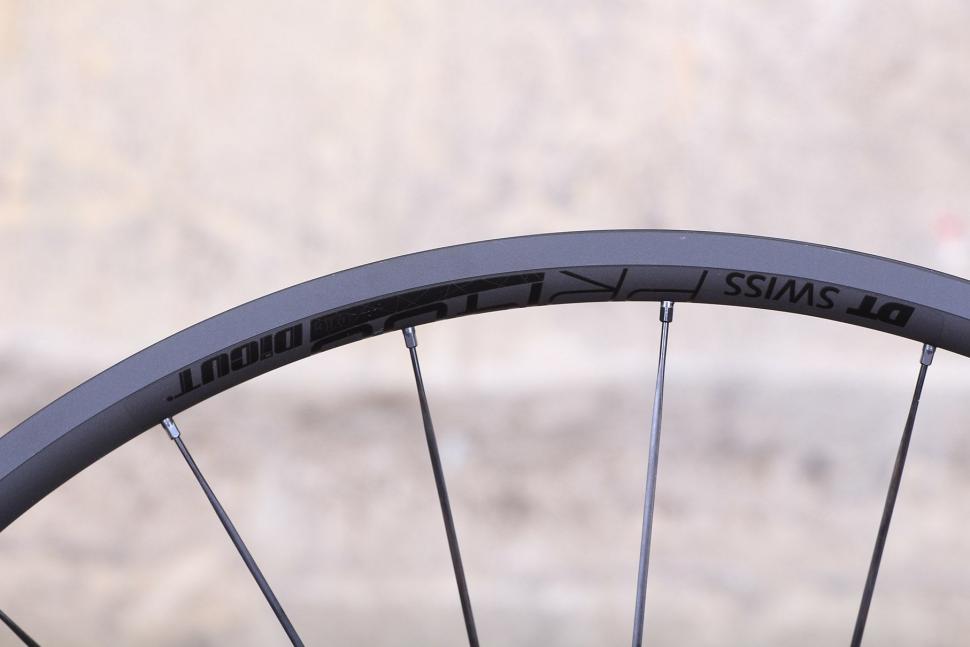
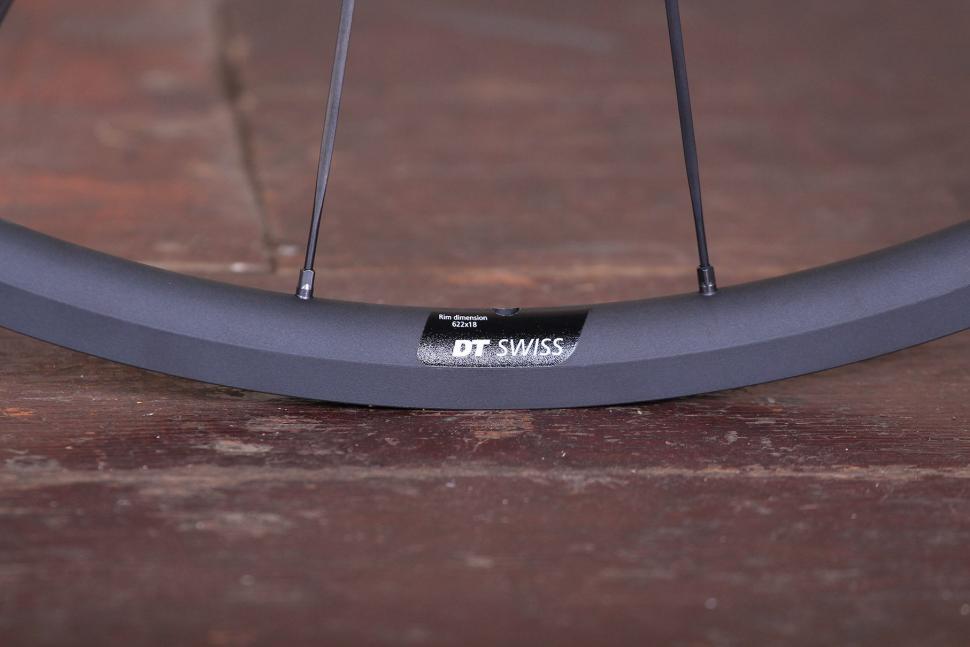
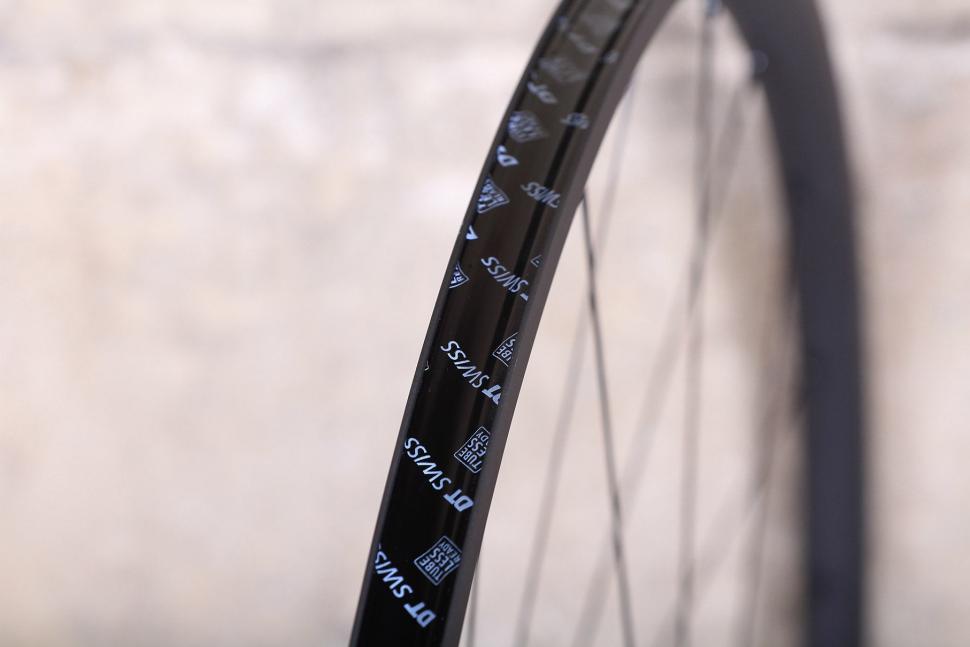
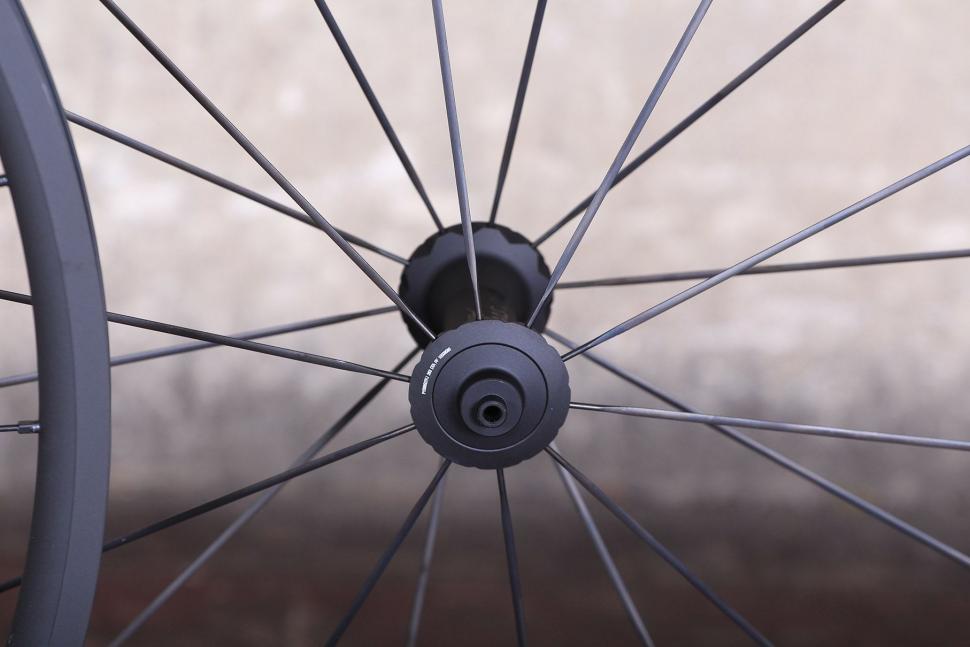
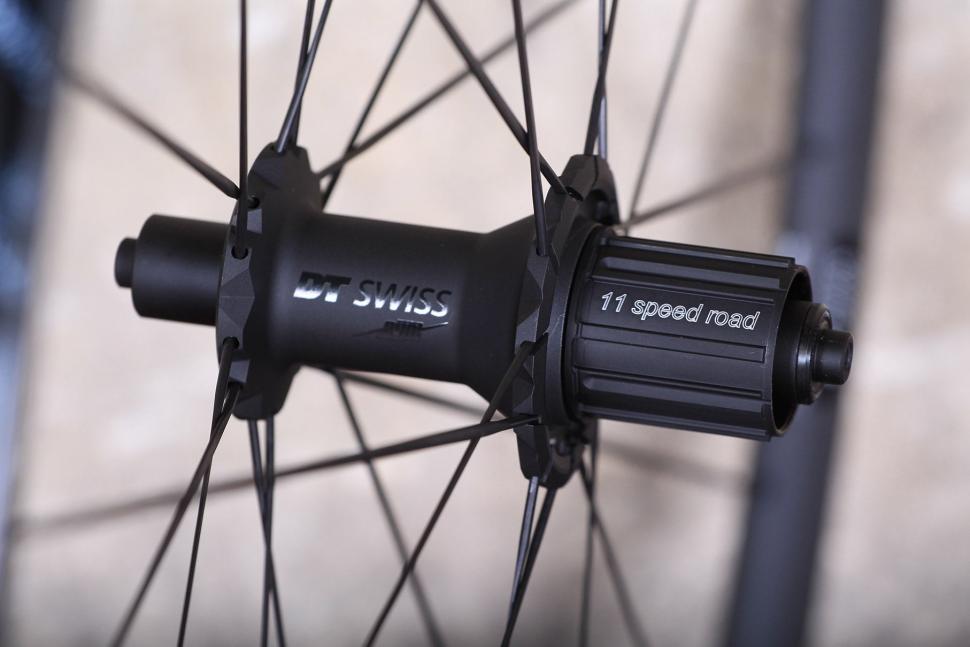
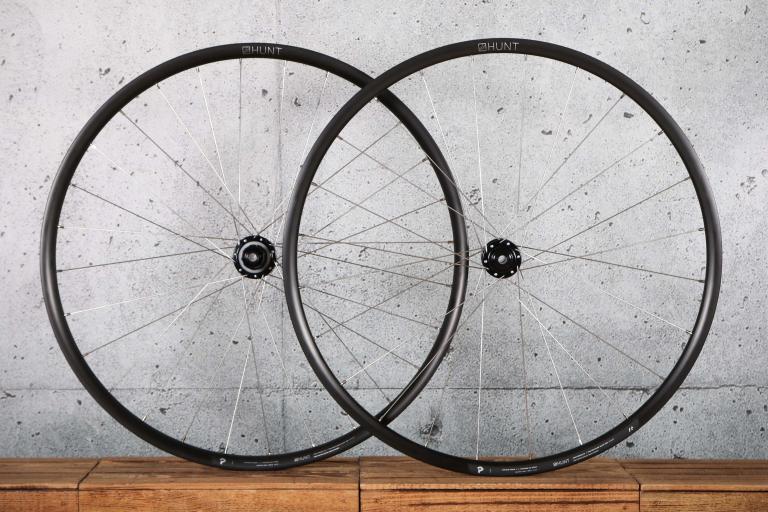
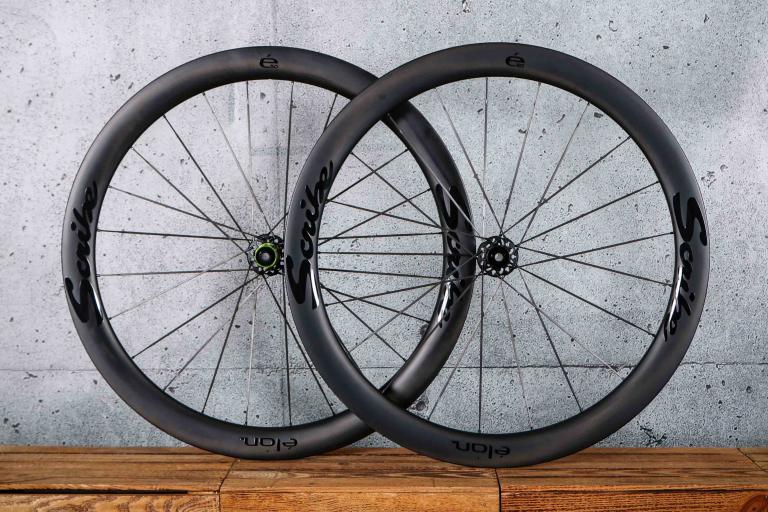
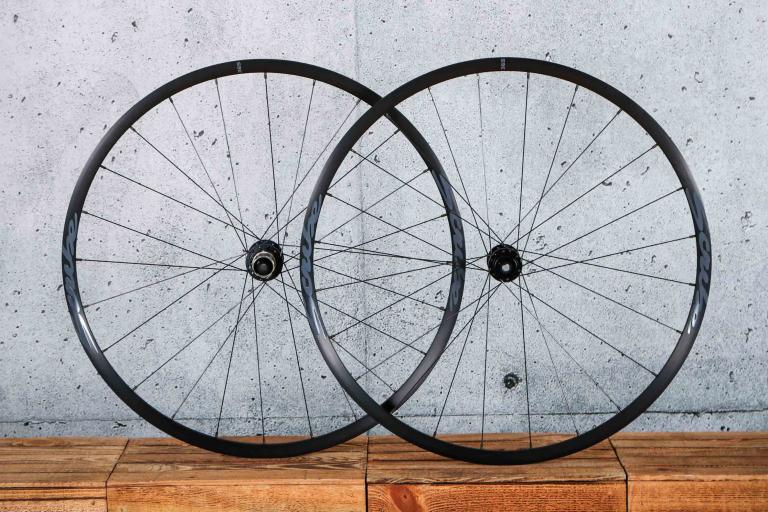
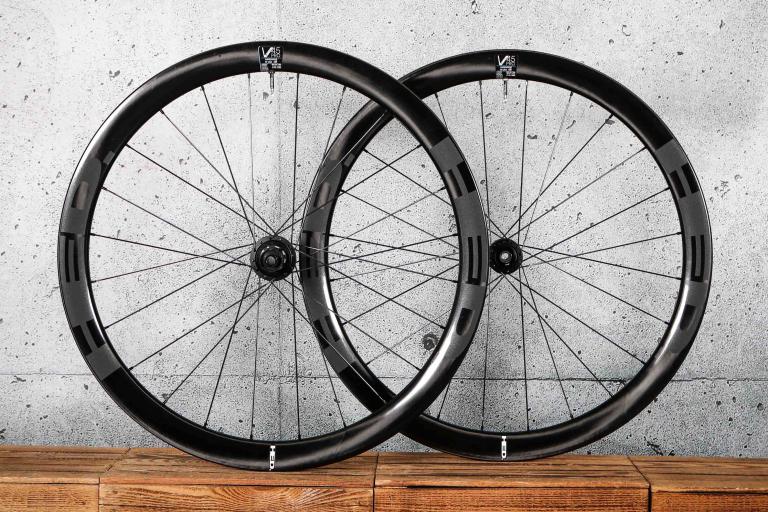
Add new comment
12 comments
Brake very well, did some descending during heavy rain from the Glandon and Galibier without problems. Did about 7000 km on the wheels in 9 months with approximately 1000 km in rain and noticed a gradual and bilateral flaking of the anodized brake surface both front and back rims already from 3 months of usage. Maintainence according to manual and cleaned wheels and brakepads after every ride, including removal from debris from the brake pads. The recommended swissstop brakepads were installed by an expert local bike shop. Send them back to DT-Swiss after 9 months because te flaking became serious and was told that warranty was voided "because the brake pads were not setup properly." There is no setup recommendation in the manual and my local bike shop is specialized in (high end) race bikes, so this was absolute nonsens. Was not able to win the discussion and ended up to pay 300 euro's for repair, 1/3 covered by the shop were I bought the rims. Alternative was return of wheels without repair. Repair lasted 2 months because the rims had production issues. No DT swiss for me anymore, very bad customer service.
I bought a set last year and used them on my summer bike, so to be honest used in better conditions. However, they’ve been superb and they still look like new. No wear to the rims and I’ve had lots of complements. They are a bit pricey for an aluminium wheelset but they make a bike look so good.
Great wheelset been riding for 10 months now and delighted with them and still as true as the day they came out the box despite some dodgy roads
Been riding for 80 years. I ride every hour. I would grade myself as novice without any class.
And yet, for a bit less money we have the Campagnolo Shamal Mille and Fulcrum Zero Nite. I know which I'd be going for....
[quote=
And yet, for a bit less money we have the Campagnolo Shamal Mille and Fulcrum Zero Nite. I know which I'd be going for....
[/quote]
Nope, RRP on both is over £1k, real world £800+. Weight is the same but neither are tubeless AFAIK.
The DT Swiss wheels seem to be thereabouts compared to other factory wheels of this type, but if this type is lightweight tubeless alloy clinchers there are cheaper hand built options which are a similar weight, JRA Jawbones for example.
Nope, RRP on both is over £1k, real world £800+. Weight is the same but neither are tubeless AFAIK.
The DT Swiss wheels seem to be thereabouts compared to other factory wheels of this type, but if this type is lightweight tubeless alloy clinchers there are cheaper hand built options which are a similar weight, JRA Jawbones for example.
[/quote]
Both the Campagnolo and Fulcrum wheels are available for about $1,100 AUD right now. 799 pounds is like $1400AUD, so for us downunder, the former are cheaper and I'm a simple guy who likes clinchers :p
Both the Campagnolo and Fulcrum wheels are available for about $1,100 AUD right now. 799 pounds is like $1400AUD, so for us downunder, the former are cheaper and I'm a simple guy who likes clinchers :p
[/quote]
They might be available for $1,100, but what are their RRP. You should compare RRP with RRP or actualy shop price with actual shop price.
The Dura Ace wheels are £50 more at RRP, if we're comparing apples with apples. Very nice though, although narrower rims and I'm finding that the carbon laminate is prone to damage from salt water around the spoke and valve holes. This is on RS80s which have the same rim as Dura Ace.
It's not really that light, not even for the price!
Maybe Road.cc should take a look at the Shimano Dura Ace C24's, lighter and cheaper!
Well done DT Swiss, THIS is the colour scheme after-market wheels should have - neutral! I'd swear some after-market wheels are designed by small children with ADHD...
ADHD is quite serious... I don't think children with that disorder have time to design wheels idiotic cyclists